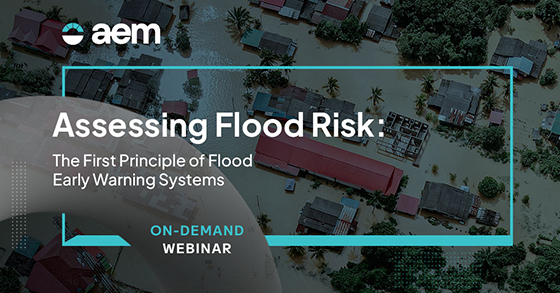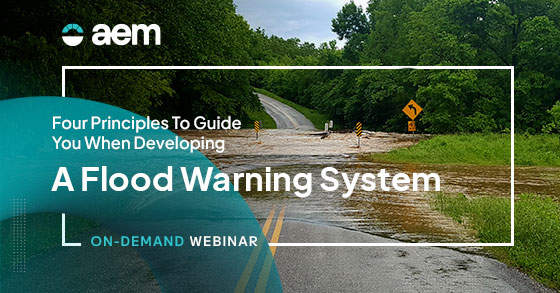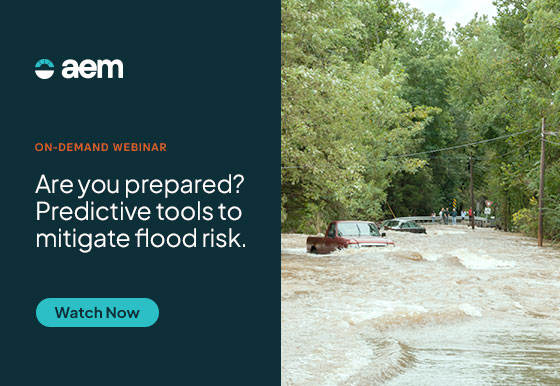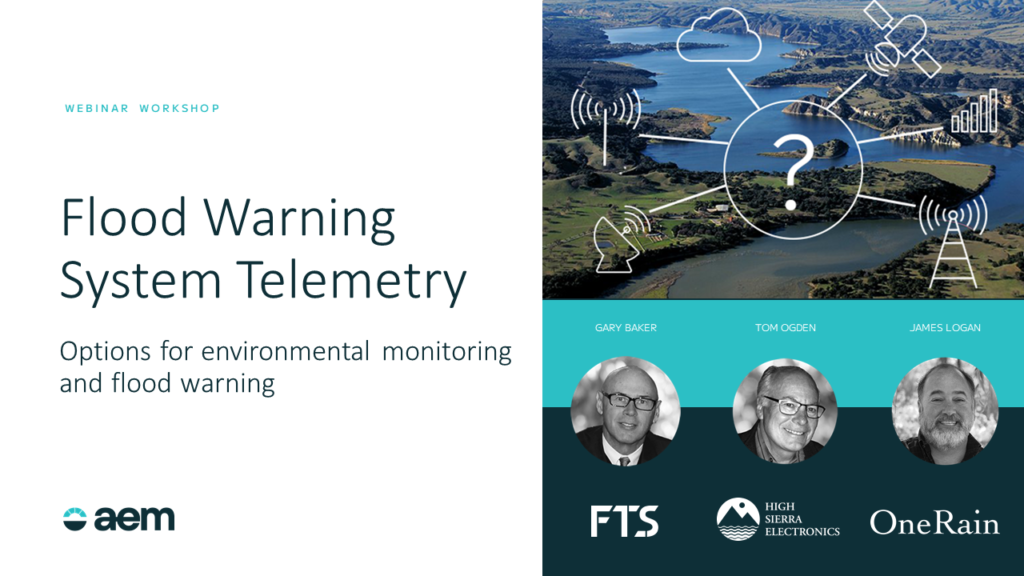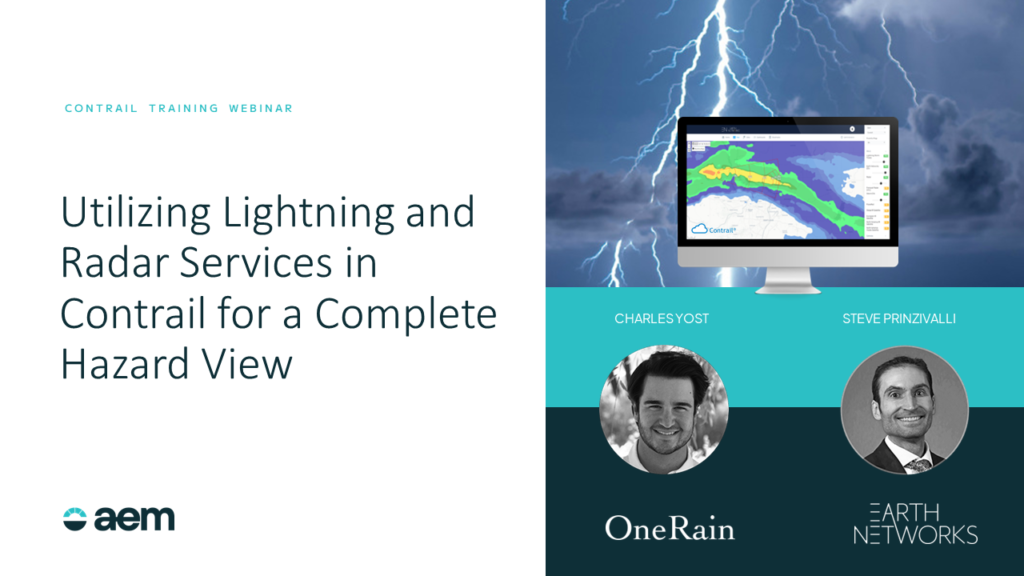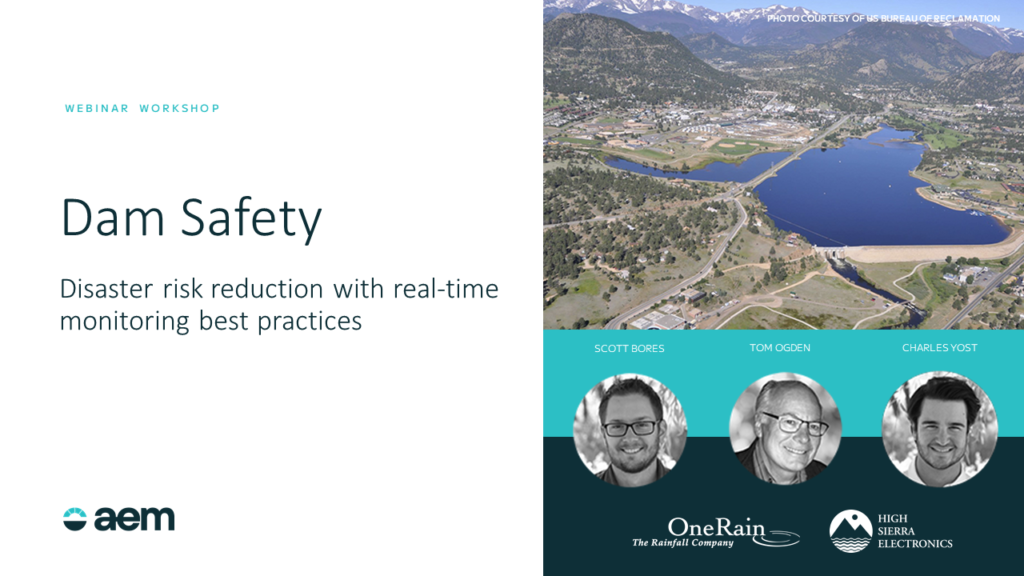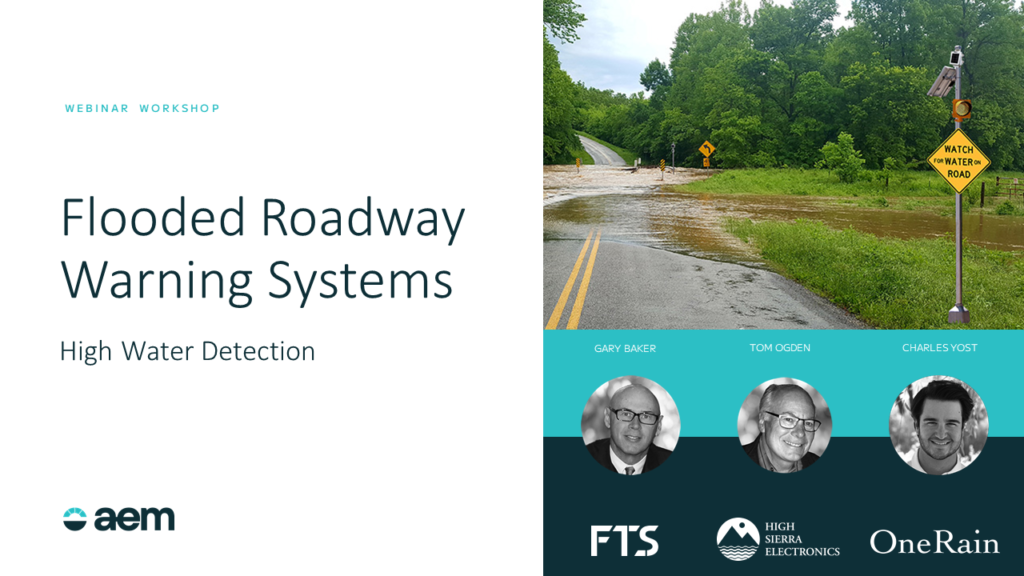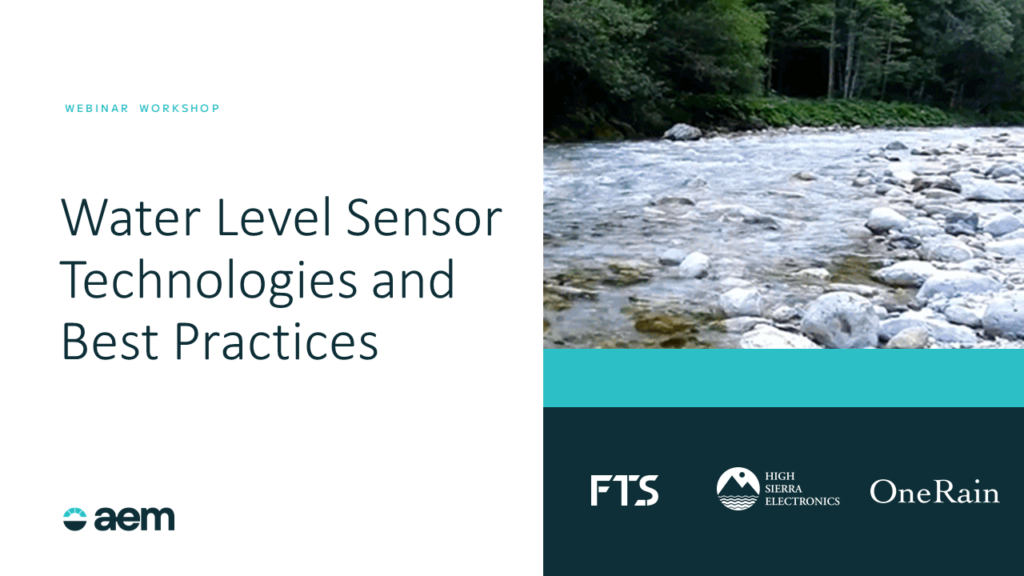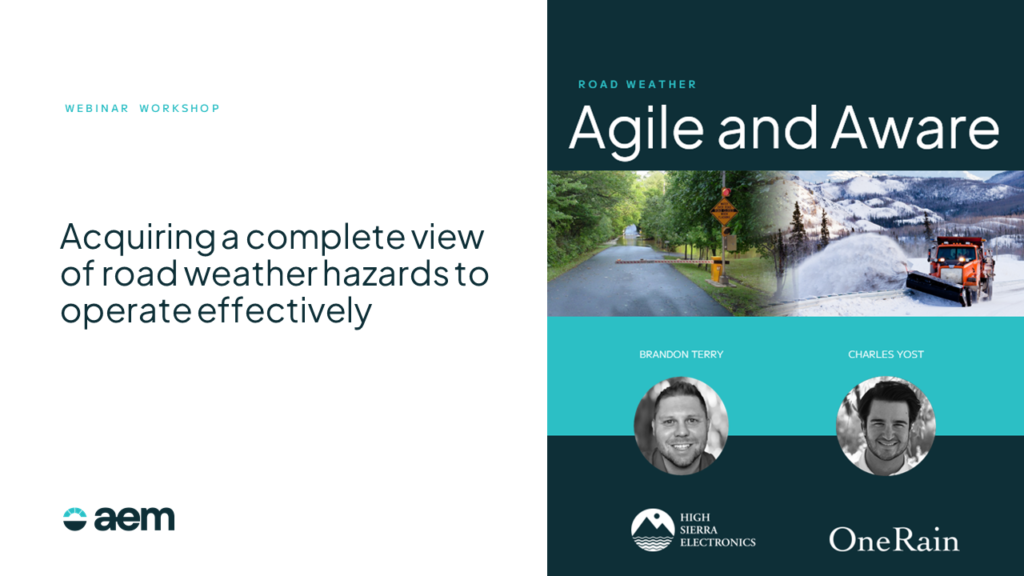Thursday, September 14, 2023
at 10 AM Pacific / 1 PM Eastern
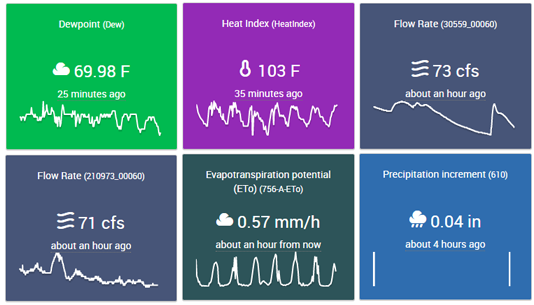
Contrail®: Creating Synthetic Sensors through Equations and Rating Tables
Learn the ins-and-outs of setting up hydrometeorological equations in Contrail during this live training session! We'll walk you through how to create Synthetic Sensors using equations and rating tables, and we'll explain the main differences between these 3 types of derived sensors: • Synthetic Sensors (e.g., Rain Increment, Flow Rate using a Rating Table) • Equation Sensors (e.g., Dew Point, 24-Hour Average, 1-Hour Accumulation) • Time Series Sensors (e.g., Time Series 24-Hour Rain Accumulation, ETo)
Thursday, October 12, 2023
at 10 AM Pacific / 1 PM Eastern
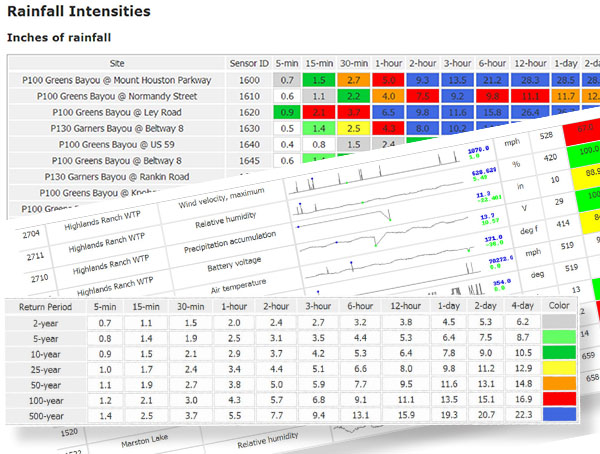
Contrail® Analytics: Exploring Data Analysis and Reporting
Extreme rainfall and flooding events put our real-time monitoring systems to the test and help us all learn what works well during an event (and what doesn't). Our assessments in the aftermath of such storms are what drive us to make our systems stronger and smarter. Contrail Analytics is just one of the resources we use to perform the data analyses that helps us understand what occurred during a storm event, how well gauges worked, and how well our hydro-meteorological data reporting systems performed.

